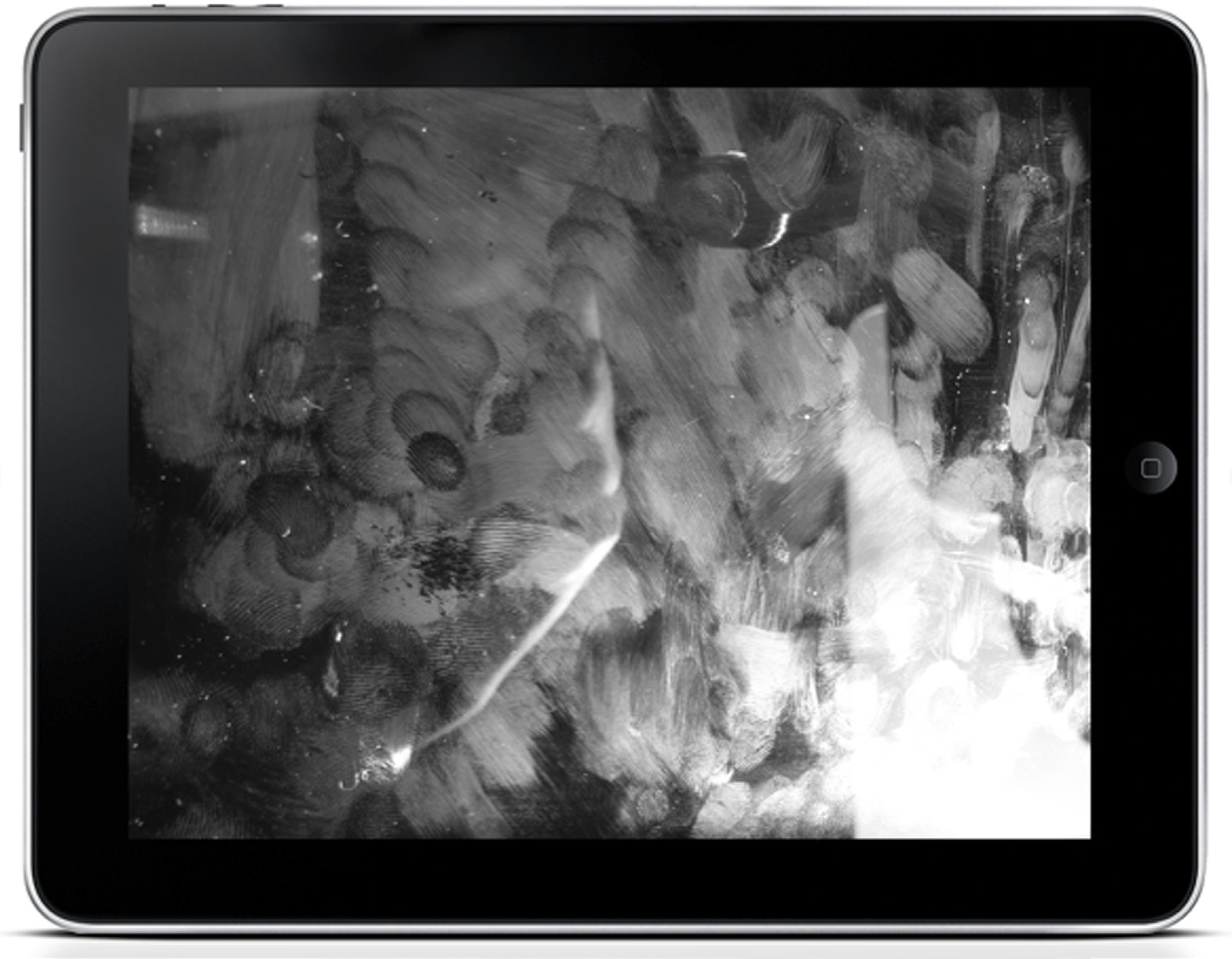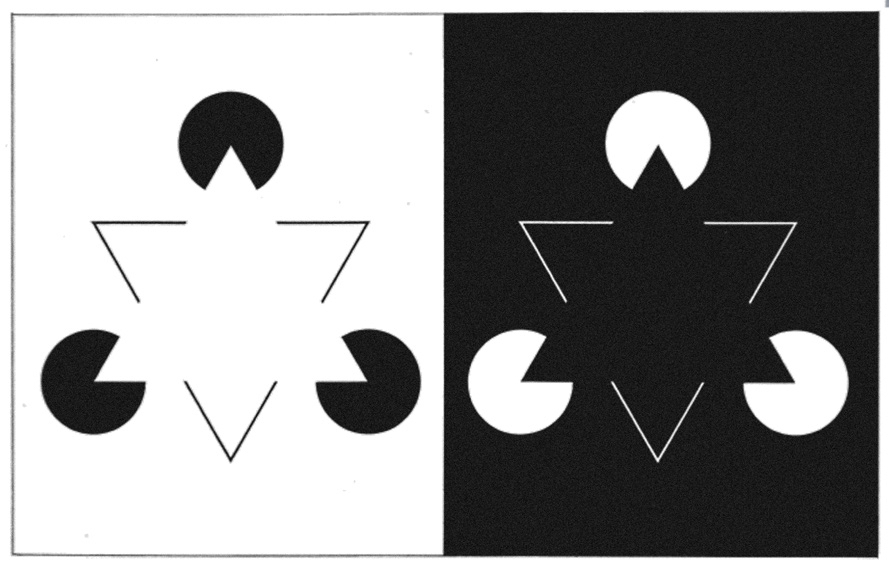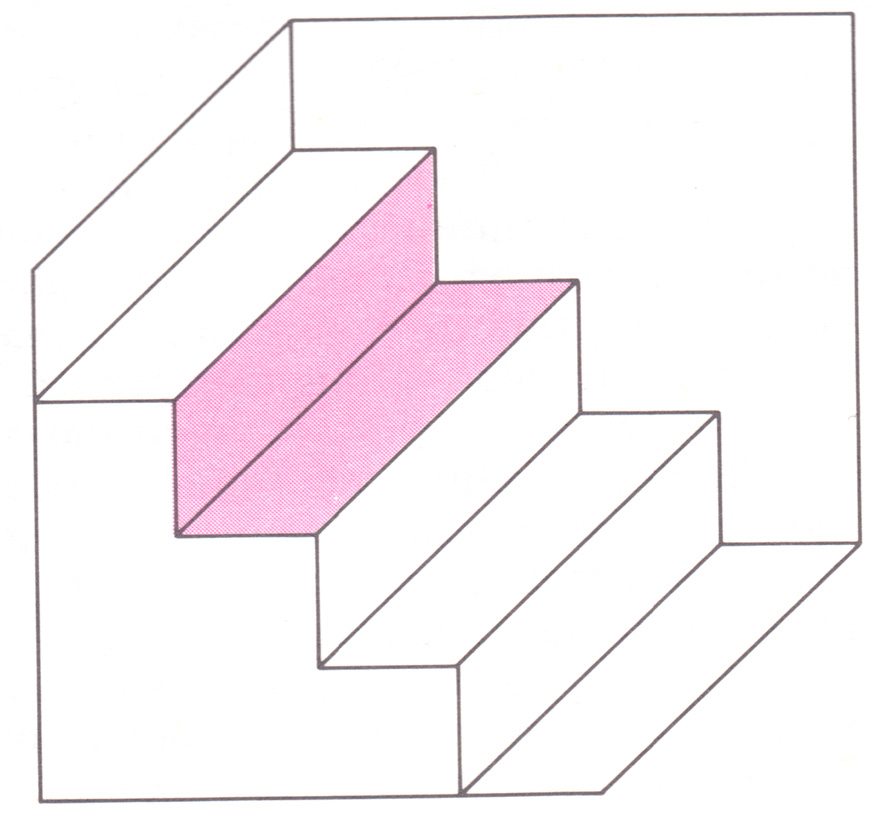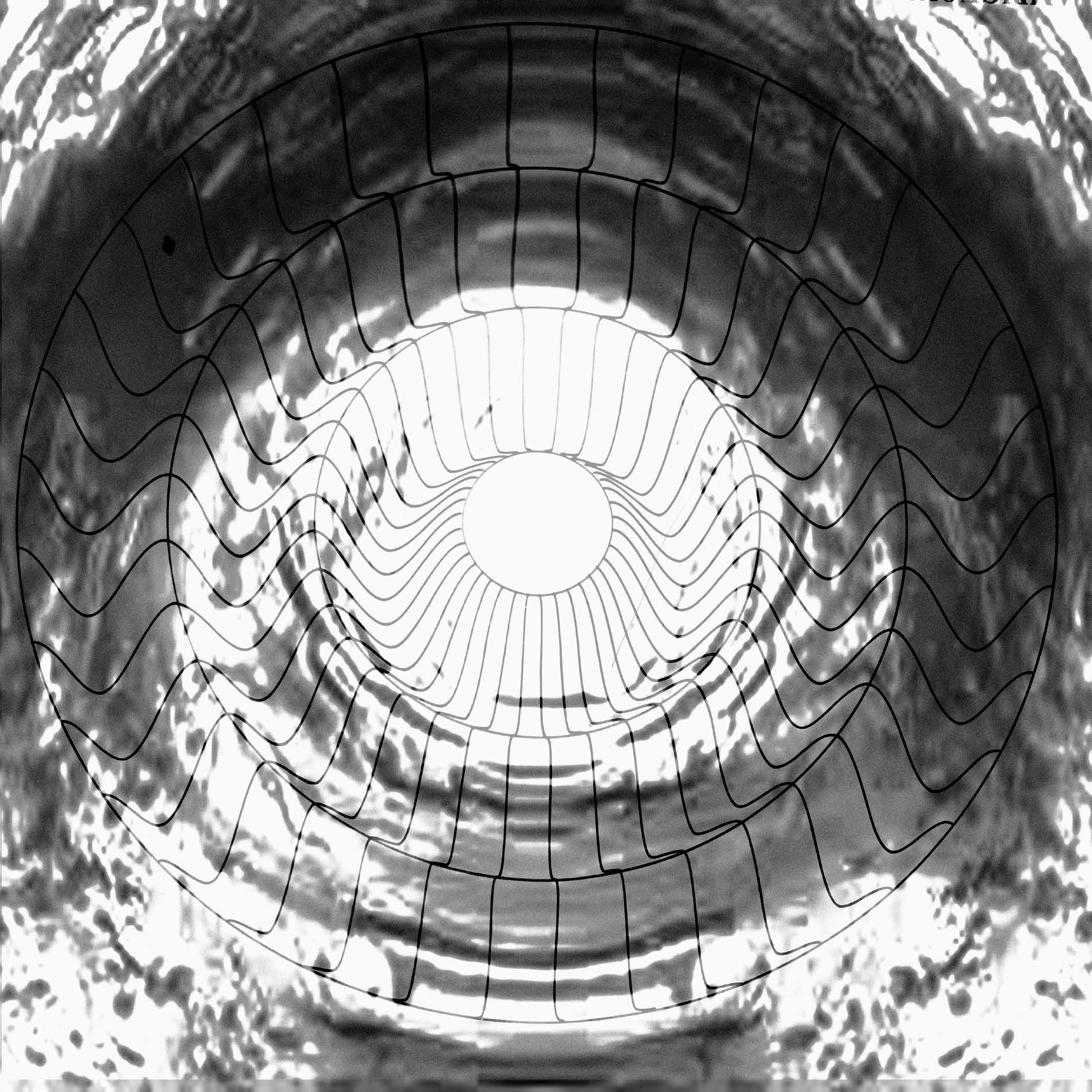Goldberg/Marshall

The fingerprint, the organ, the phantom limb, and figuration-as-affect have never been more present in contemporary praxis. This is not a revival of regressive aesthetics. The accumulation of evidence points to the artist’s body as mediating between the digital and the actual. The focus of our inquiry is located in the synaptic moment of the body extending through technology.1
Contemporary art criticism increasingly erects a divide between new media and object-based practice—what the hand can touch vs what technology places out of reach. This false problematizing is agitating, as object-based operations are always in extension of the bodily sphere, regardless of whether they involve digital technologies. Contemporary art practice is not a reaction to digital fatigue or disavowal, but rather, it is an extension of complex negotiations between the body and the virtual landscape—these negotiations are ongoing and they predate the arrival of the digital. This may be most troubling to those who address a polemic between the digital and the actual, where-by artistic strategies are digital in structure and analog in appearance. We would like to turn the discussion away from divide and stasis towards unison and vitality—where the sequencing of both digital and analog technologies cycle through the virtual as object-oriented and body-based procedures.
Discussions of a digital divide encourage binary readings, even while arguing against them. For example, recent claims by art historian and critic Claire Bishop coordinate analogue practices, such as the current use of celluloid film, as a simultaneous digital dependency and disavowal. Mediums and materials are rescued by the artist, she argues, at the moment of obsolescence, and their subsequent use and reception is conditioned by cyber experience. According to Bishop, “the digital is, on a deep level, the shaping condition—even the structuring paradox—that determines artistic decisions to work with certain formats and media.”2A subjective urgency facilitates this position; it is one that prescribes the aesthetic conditions of contemporary art and demands an infection from the aesthetic and affectually contagious “technosphere.” What Bishop’s argument neglects, however, is the “shaping condition” of the body’s relationship to the external realities with which it must continually adapt.
So what does it mean to think, see, and filter affect through the digital? And on the other hand, does digital affect provide access to a unique category of sensation? The prefacing of this new sensory arena with thinking, seeing, and filtering—the basic sensory procedures of our larger perceptual mechanisms—inadvertently chains this point of entry to the body with which it enters. By body, we mean the entire organism that is called human.
To equate digital vs analog with new media vs object-oriented practice fails to recognize that the coordinated experience of these terms in fact journeys through the virtual. This is discussed by Brian Massumi in Parables For The Virtual, where he argues, “If all emergent form brings its fringe of virtuality with it, then no particular medium of expression has a monopoly on the virtual. Every medium, however ‘low’ technologically, really produces its own virtuality (yes even painting).”3These terms, digital and actual, new media and analog, operate symbiotically and cannot be thought of as interchangeable parallels, where digital is synonymous with new media and actual with the analog. Technology may grant broader access to a virtual space through digital media; the virtual, however, is not restricted to the digital, it is implicated in the more complex dynamic of our perceptual procedures, which is both inclusive of and in excess of visual sensory modes.
As a form of perceptual failure, the optical illusion is beneficial to learning the visual mechanism’s form and structure. According to ophthalmologist Jeremy M. Wolf, perceptual failures are the “mistakes made by the mechanisms that create a three-dimensional world out of a two-dimensional image.” He goes on to say that “the unusual occurrences in perception, the illusion, and hallucinations, reveal the complex machinery that supports the seemingly effortless act of normal vision.”4The depth-finding processes that allow flat images to be experienced and read as three-dimensional space can distort as much as they can enable. Evidently, there is no normal vision.
If all vision can be understood as an illusion, how can we account for “seeing as believing” in order to differentiate the false from the real?5The visual system has adapted to exploit the laws and regularities of the exterior visual world and the interior body with which it evolved. Regular to this world are the rigid surfaces of objects and the grounds that we move through and touch. Without these objects, we cannot see. The anatomical regularity of our bodies presupposes the gestural limits of our motion, swing, and extension through space. Proprioception, one’s sense and relationship to space, is an attribute of these regularities and is a vital component in our relationship to the ocular world. The mind is not hardwired. Its flexibility enables it to enter a digital space where the body cannot follow. The phantom of physical sensation as affect will follow.
Even though the realm of the virtual is beyond direct sensory access, it can enable a real experience; an encounter with the virtual or the actual is subject to the same forces of affect. A virtual experience registers a modally, it is not vision or touch, but a confusion of their non-occurrence in the very same space where they should occur.6Consider the illusory contours of the Kanizsa Triangle. In this diagram, lines and trigger the perception of a triangular form which is absent. The subjective triangle, an illusory triangle, becomes a part of a visual experience. When the edge of either of the triangle is examined closely, it disappears. The phenomenal presence of the form is thus virtual—lines are drawn by the mind to create a shape in the place of its absence. This moment of illusory figuration demonstrates how virtuality is built into analogue space.

Or consider the reversing staircase illusion, an illustration first published by H. Schröder in 1858 in which the vertical orientation of the staircase, or its figure to ground relationship, flips when attention is placed on the pink step. The mind can rearrange this spatial orientation with very little effort. Notably, the staircase is first perceived as one would encounter it in everyday life, in relation to everyday forces such as gravity. The staircase demonstrates our pre-disposition to the virtual—the ability, that is, of the human body to experience the image as object and vice versa. While the virtual acts as the pivot point, the dominant art historical discourse fails to account for these perceptual oddities, which begin and end in our sensory modality. No matter your reading of the image, your orientation begins with a local, anthropocentric experience.
The analogic virtual condition we encounter with these images has a double implication. On the one hand, the flexibility of the mind is predisposed to enter—to project—into virtual space. On the other hand, actual orientation in the real world anchors the digital space we encounter, and this relation to the digital is subject to the same proprioceptual requirements of any space. The digital always detours through the analog at the level of both user coding and user interaction. And this user is a human.
Historically, the potential of the art object has been posited as localized, static, and bolstered by discourse, or conversely, more recently, as one that overrides stasis through social connectivity and linkage—where art (often painting) can visually actualize its own networked procedures.7Unfortunately, the latter argument underestimates its inversion of aura; it is re-routed via internet terminology. Aura is now established by a breadth of reach qualified by “likes,” “hits,” “tweets,” or “hashtagged trends.” This is the cyber enactment of contact, which at its base is an analog procedure. This aggregation of nearly pathological enthusiasm is rooted in an understanding of data as a mechanized emotive response, that is, a bypass of sensory-based affect and feeling. The localized potential of the art object should not be evaluated by (or confused with) the metaphorical trends of social networking sites. Instead, it should be located in the cycling of feeling, affect, and emotion through form and material. Each hit points back to the object, each hit conditions the potential for a vitalized external relationship through the physical encounter.

The online network, including digital algorithms and hypertext, reiterate the grid and diagrammatic thought in contemporary art discourse. Abstract concepts are mapped, connected, easily tracked, and further linked. However, the temporal realities and possibilities of the network draw upon a static rendering. The diagram is outmoded as soon as the coordinates are depicted and formalized. With every move made in the network, the diagram must be continually redrawn. Therein lies the difficulty of equating the diagram with a lived experience of the art object.
If the network is to register at a synchronized pace with the viewer’s rate of reception, the world that the diagram depicts would need to decelerate to a full stop. A tentacular rock would have to be dropped. This rock is a solid thought, hard, concrete, affirming, and with its tentacles, it has the potential to grip, reach, and extend in all directions. The art object can be this rock. It can harness the power of its connectivity through a simultaneous reference to its place within this coordinated field and the momentary halting of this cycle. The staging of a diagram will always be a virtual event. Our experience of it may seem actualized but in the attempt of a grip, we realize the only grasp we know is made possible by a fictional object. Since there is nothing with which we can actually hold on to, a surrogate is made in its place, art.
Diagrammatic thinking can benefit from mobilizing a “liquid network,” the very characteristic of which is flow. In the moment of depiction, the diagram is static—a rigid suggestion of the possibility or potentiality of movement and connection. When the constellation of glances converge as image, is it nothing more than vision as photography? No. The eye keeps moving whereas the picture does not. The artist cannot actually exist within the depiction of network as diagram, and neither can the art object. Were it to do so, the network would short circuit.

In sum, the body has its own network and offers a more viable model for coordination as methodology. Extending the diagram into the physiology of the body, “the biogram,” as Massumi puts it, offers a device to think of the network as open, moving, and vital; for Massumi, “the diagram is a lived topological event.” We can understand it in his terms as a continued state of becoming in which “it is the event of experience folding back on itself for its own furtherance.”8When the art object is thought of as autonomous and static, ready and waiting to be taken up by discourse and possible circulation through all points of contact, this position does not account for the perceived oscillations of the artwork between the provisional and the concrete, it does not account for the shifts of the body. If we desire to build the logic of circulation into the object, we must also go further and articulate its extension through the multiple moments and spaces that the stasis of diagrammatic structure cannot address.
This missing step is echoed by arguments which posit material art practices against new media. Such assumptions shut out the potential of our analogic virtual condition. There is a failure in discourse to perceive the adaptability inherent within the user. By contrast, we argue that artists can and already do implicate this adaptability in their materiality—any materiality. The pathology of the body supports a pre-disposition to the virtual. The virtual is evidence of the mind’s flexibility to adapt to a shifting landscape. We shaped technology, it shaped us, and now we are reshaping it again so that the body and the technosphere can bend together—so that the Iphone is increasingly thought of as both prosthetic and phantom limb.
The digital is a moment in a larger project of innovation, the history of which is a traced logic of amplification in speed and scale of our species-specific habits. These processes are in extension of a primary source, the human body. Perceptual limits present a boundary we can agitate and extend when technology grants further access. Awareness of our perceptual limitation is, at the same time, a point of entry into everything we do not see. 9Technology as sense extension can share with us the object of its vision. Whether digital or analog, our experience of vision and visibility is always virtual. The crystalline lens of the human eye focuses the virtual picture on the retina, and sees all objects—including art objects—merely as “images.” The complexity of this data translation is given broad expression through a spectrum of media. The continued presence of object-oriented art practice is evidence of operative modalities between vision with touch. From touch to tool, tool to tech, there is the implementation of sensorial input. Nothing is out of reach when the arm is forever extended. With our head in the techno cloud but feet still firmly planted, the body continues to be the base for this sensorial contingency which adapts with technology.
The machine is sensored, but it is sense without feeling. So long as we understand feeling as existing in the realm of sentient beings, the larger conversation should explore how we understand the human perspective as paradoxical, both limiting and flexible. As cultural producers working with historical terms and actual artworks that are deployed in inherently political settings, we believe we have a responsibility to explore these intersections and blind spots. The limit demarcates the point from which we must emerge—it has a capacity for overflow. In this scenario, virtuality is a sensory excess which whelms subject-to-object dualism. This fluctuation extends openly to sensation, without the flood lock of a false binary.
Endnotes
1. Please see, for example, the exhibition “The Body Argument,” curated by Florence Derieux at Galerie Emanuel Layr (2012). Or, alternatively, “Detouched,” curated by Anthony Huberman at Project Arts Center, London (2013), or “Disagreeable Object,” curated by Ruba Katrib at Sculpture Center, Long Island City (2012). The fingerprint can be defined as contact and trace of skin to exterior surface. The organ is always some sort of fragment, where fragment is treated as a whole (a metonymic strategy), in place of the entire figure; the phantom limb is the lingering of a body in its absence; and figuration-as-affect can be understood as the space between two bodies: human and social.↩
2. Claire Bishop, “Digital Divide,” Artforum (September, 2012), accessed February 1, 2013, http://artforum.com/inprint/issue=201207&id=31944& pagenum=3↩
3. Brian Massumi, Parables For The Virtual (Durham: Duke University, 2002), 176.↩
4. Jeremy M. Wolfe, “Introduction” in The Mind’s Eye: Readings from Scientific American (New York: W.H. Freeman and Company, 1986), 80-81.↩
5. See Donald G. Hoffman, “The Interpretations of Visual Illusions,” in The Mind’s Eye, 95.↩
6. See Gaetano Kanizsa, “Subjective Contours,” in The Mind’s Eye, 83.↩
7. David Joselit, After Art (Princeton University Press, 2012), 479—520.↩
8. Massumi, 206.↩
9. See Donald D. Hoffman, “The Interface Theory of Perception: Natural Selection Drives True Perception to Swift Extinction,” in Object Categorization: Computer and Human Vision Perspectives, eds. Sven Dickinson, Michael Tarr, Ales Leonardis and Bernt Schiele (Cambridge: Cambridge University Press, 2009), accessed March 4 2013, http://www.cogsci.uci.edu/%7Eddhoff/interface.pdf↩












